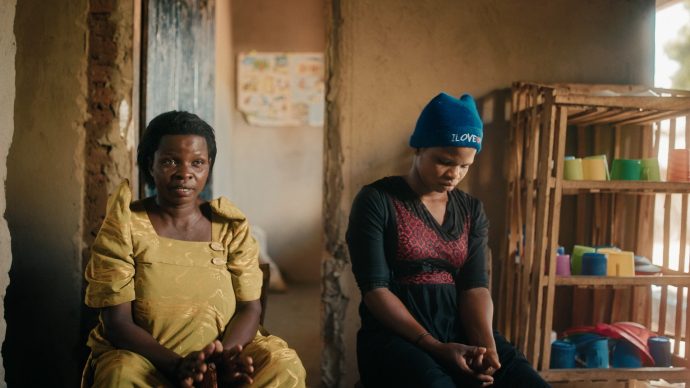Development Marketplace Awards går til innovative lokaludviklingsprojekter, der har som mål at tilgodese fattige og deres lokalområder, og som har potentiale til at blive udbredt til andre områder. Worldbank.org fortæller tirsdag, hvordan udviklingen i to af de prismodtagende projekter er gået siden hen.
ZIMBABWE/MALAWI: Clean Water Venture Reaches Millions
In 1999, when Ian Thorpe was teaching English in rural Zimbabwe, two pupils at his primary school died of dysentery after drinking water from a local well into which a snake had fallen and decomposed. The shocking incident drove Thorpe – with two former teacher colleagues, Tendai Mawunga and Amos Chiungo – to develop an inexpensive (US$400) contamination-proof pump. Thorp’s team adapted an ancient Chinese technology that used bamboo for pipes and sisal rope and discs of leather to bring buckets of water from hand-dug wells. The “Elephant Pump” has a concrete casing protecting water from contamination. It is simple enough for a five-year-old to use.
Winning a Development Marketplace grant of US$120,000 in 2006 allowed Thorp’s PumpAid – a U.K.-based international charity – to expand its nascent program beyond a few schools and villages and install 1,000 pumps that benefited 250,000 Zimbabweans. Development Marketplace funds were also used to create the Elephant Toilet, an innovative, low-cost, low-maintenance approach to sanitation.
Three years later, PumpAid has secured an additional US$25 million in funds that will support expansion of both the water and the sanitation programs to reach an additional 8 million people in Zimbabwe and Malawi over the next five years.
VIETNAM: Handbag Project Preserves Wetlands
At six feet tall, the Eastern Sarus crane is the world’s tallest flying bird. For all its eight-foot wingspan majesty, it was rapidly disappearing from Vietnam, one of its main habitats, until biodiversity specialist and Vietnam National University professor Dr. Triet Tran developed the Ha-Tien Habitats Handbags project in 2003 with the support of a US$102,750 award from Development Marketplace.
The project has given the cranes a protected home in 5,000 acres of reclaimed wetlands and the villagers of Phu My a reinvigorated economy that has tripled incomes of the Khmer ethnic minority. Instead of producing low-value floor mats from the Lepironia sedge they harvest (and the cranes feed on), 200 families now craft high-value handbags and hats for the tourist trade in Ho Chi Minh City.
In 2007, the project, located in Kien Giang Province in southern Vietnam, received the US$30,000 UN-Habitat/Dubai Municipality “International Award for Best Practices to Improve the Living Environment.” The project is slated for expansion in neighboring wetlands, which cross the Cambodian border.
– Worldbank.org writes on Tuesday
Læs mere om projekterne samt en lignende historie om vandrensning i Indien på nedenstående link til Verdensbankens hjemmeside.














